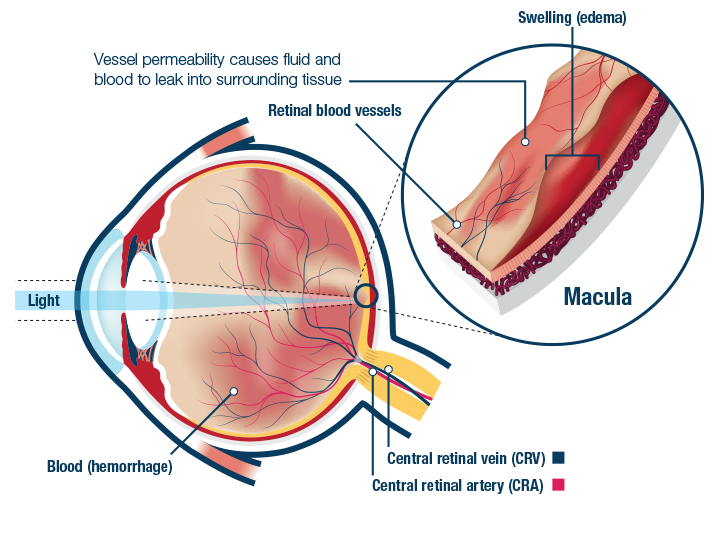WORKING FROM HOME / TAN A YU YAAD
COVID 19 and DRY EYE DISEASE
Whether working from home, self-isolation, quarantine or online shopping one thing is common
– more people are using computers (laptops), tablets, smartphone which equates to a
tremendous increase in screen time. As a result of this increased exposure light-emitting devices
there is a corresponding increase in Dry Eye Disease symptoms. Complaints of ocular fatigue,
irritation, gritty, gravelly sensations and fluctuating, blurry vision have increased several folds
since the outbreak of COVID 19 on the island and the stay at home orders.
More individuals have become much more aware of the correlation between increased screen
time and the comfort of their eyes or visual performance. However, the answer to this problem
is not as apparent to those suffering with these symptoms.
There is good news!!!
Your Eye Doctor can prescribe therapeutic eye medication and practices to alleviate your symptoms.
The first step is to contact your trusted Optometrist or Ophthalmologist and relate
your symptoms. You will be on your way to relief.
Do not hesitate. Get help today!!!

